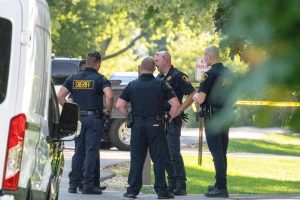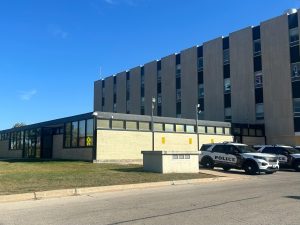Supreme Court scrutinizes famous Miranda warnings
March 30, 1989
WASHINGTON (AP) – The Supreme Court on Wednesday scrutinized an icon of American law it created 23 years ago – the famous Miranda warnings police are required to give to criminal suspects.
To be decided by July is the validity of a warning used by Hammond, Ind., police in 1982 that strayed from the precise wording contained in the court’s landmark Miranda vs. Arizona decision.
Indiana Deputy Attorney General David Wallman and Justice Department lawyer Michael Lazerwitz joined forces in urging the court to rule that the Hammond warnings were adequate.
But Howard Eisenberg, a Carbondale, Ill., lawyer, argued that Gary Eagan gave incriminating answers to police questions only after being read confusing warnings about his rights.
“This is not just some semantical deviation,” Eisenberg argued, “but a repudiation of … Miranda.”
Eagan is serving a 35-year prison sentence for attempted murder in a sexual assualt on a woman he had met in South Chicago.
Before being questioned by Hammond police, Eagan signed a police form that included this paragraph:
“You have a right to the advice and presence of a lawyer even if you cannot afford one. We have no way of giving you a lawyer, but one will be appointed for you, if you wish, if and when you go to court.”
Eagan subsequently confessed to the crime.
But the 7th U.S. Circuit Court of Appeals ruled that the warning he received did not adequately inform him of his right to have a lawyer present before answering any questions from police.
Familar to fans of TV cop shows, the Miranda warnings advise suspects that they have a right to remain silent, that anything they say can be used against them and that they have the right to a lawyer’s help before answering any questions.






